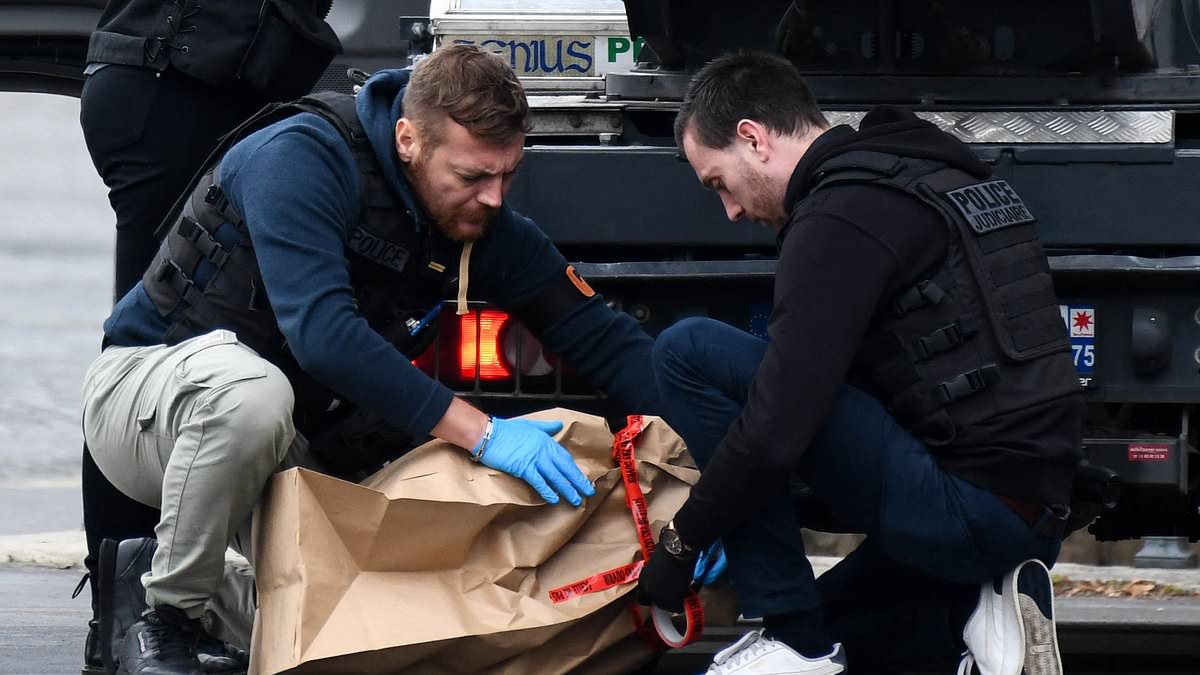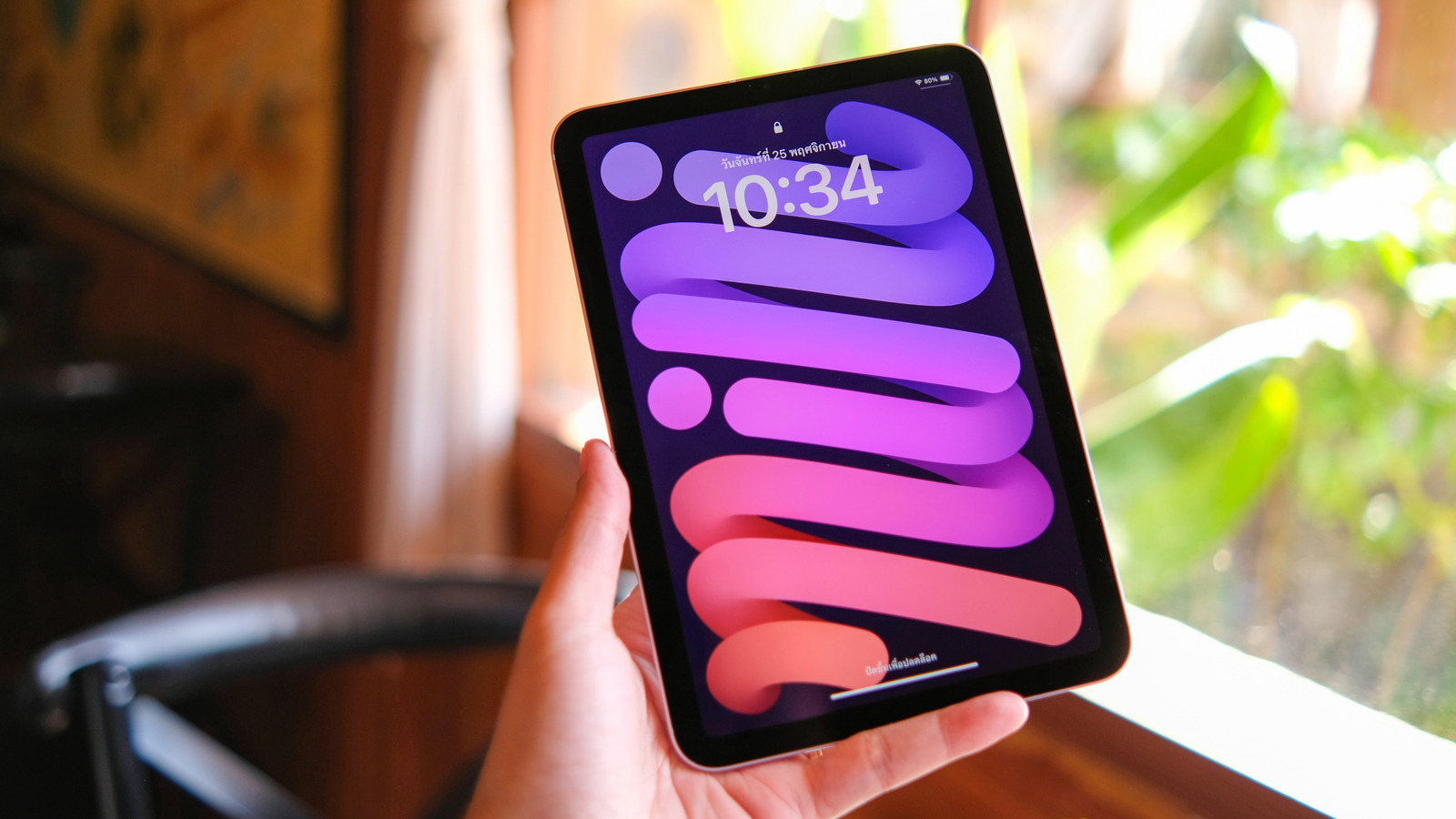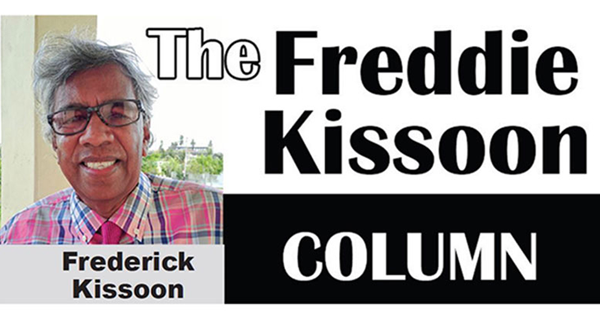Copyright dailymail

It was the heist to end all heists. In the Hollywood version of the story, a Thomas Crown or a Danny Ocean pulls off the most audacious and unprecedented of robberies, stealing centuries-old jewels from the impenetrable coffers of the Louvre. Then, they disappear. But now that two suspects have been arrested in connection to the October 19 theft of crown jewels from the Paris museum, an FBI agent who founded the agency's first art crime unit, tells Daily Mail that the reality is rather different. 'People want to believe that a robbery is something sexier than it is,' said Geoffrey Kelly, a former G-man whose investigative work recovered more than $100 million in stolen goods. According to Kelly, the Louvre is far easier to rob than a high-end jewellery store – and these alleged crooks had very little chance of getting away with the crime. They were no criminal masterminds, he said. For the last seven days the world has been captivated by the burglary, which saw four men dressed as construction workers use a ladder to break into a wing of the Louvre in broad daylight and abscond with over $100 million in valuables in an operation that lasted less than eight minutes. Kelly said it was highly likely that the four had inside information: 80 percent of thefts that he dealt with fell into that category. After the robbery it emerged that a video camera which was supposed to be focused on the window through which the bandits entered was pointed in the wrong direction. On Saturday night police in Paris arrested two men in their 30s as they were about to flee the country by airplane: one was reportedly headed to Algeria, the other to Mali (neither country has an extradition treaty with France). The pair were identified from DNA left at the scene, French media reported, with newspaper Le Figaro listing a plethora of objects that the gang left behind: two angle grinders; a blowtorch; gasoline; gloves; a walkie-talkie; a yellow vest; and a blanket. Kelly said they showed some professionalism in the speed of their operation but were remarkably haphazard with the debris. 'When I heard about the objects left behind, I immediately thought to myself that they'd be caught, because of the advancements in DNA technology over the last few years. 'It only takes a very small sample in order to affect a match,' said Kelly. French media reported that the pair were known to police and had been implicated in other burglaries of jewelry stores. Their DNA would have been recorded following a prior arrest or they could have been tracked by genetic material submitted to a genealogy service, such as 23 & Me or AncestryDNA. Even if a relative as far removed as a second cousin sent their DNA to a database, it would have been enough to narrow down the search sufficiently to secure a warrant, Kelly said. Beyond that, the alleged thieves' decision to fly out of Paris airports, rather than immediately flee by ground transportation within Europe and depart from a small airfield, showed their lack of sophistication, he said. The authorities, of course, were monitoring major airports. And in many ways, Kelly explained, the heist plan was obvious. 'Museums are soft targets,' said Kelly, who formed the FBI art task force in 2004 after he was assigned to investigate the Isabella Stewart Gardner Museum heist in Boston in 2002 - the largest theft in US history. Two men dressed as police officers talked their way into the museum in March 1990 and seized 13 works of art - among them Degas sketches, Rembrandts and a Vermeer, valued in total at the time at over $500 million. The case has never been solved. Kelly said: 'Museums have to temper the security of their collection with a pleasurable experience for their visitors. There's always this antagonistic relationship between museum security directors, and museum directors and curatorial staff.' Curators want visitors to get as close as possible to the collections, security staff want to make sure they maximally secured, he explained. 'It would have been much more difficult to steal $100 million worth of jewels from anywhere else,' Kelly added. 'Any jewelry store is going to be under better protection than you're going to get at the museum.' If these crooks were cleverer, Kelly said, they would have targeted a lesser-known museum rather than strike at the heart of the Parisian cultural scene. 'Trying to pull off a robbery of the Louvre in the first place wasn't a great idea. It's just too iconic, and it was too much of a black eye to French police, and to the Louvre, and to the people of France. Fortunately, even a really good crook can't get away with that kind of thing when those assets are brought to bear.' 'I used to say, when I was interviewing people that I'd arrested: Listen, you might be smarter than me, and you might be smarter than my partner, but in order to get away with this, you got to be smarter than the entire FBI. And that's not going to happen. 'That's the same thing here. You can be pretty clever, but you've got to be smarter than the entire French national police force, which is going to be a difficult hurdle to overcome.' As for the two other suspects in the heist, Kelly expects that they're being given up to the authorities. French police have 96 hours from the time of the arrests on Saturday night to charge or release the suspects. Kelly expects the pair, if guilty, will realize the DNA evidence is irrefutable and likely give up the other members of their gang. 'They'll now likely be telling investigators everything they can to mitigate their sentences. There's definitely no honor among thieves.' 'My guess is that it was a simple opportunistic gang,' he added and dismissed the idea that a shadowy kingpin would have ordered the burglary to fill out a private, nefarious jewel collection. 'That's more the stuff of Hollywood than reality: we rarely see somebody ordering a robbery like that,' Kelly said. His one hope is that the crooks had enough sophistication to know that they shouldn't immediately dissemble and melt down their stolen goods for an illicit sale. 'Hopefully, they would have known enough to hold off for a period of time before they do anything rash with those jewels: break them down, recut the gems, things like that. Because they need to have a bargaining chip in the event that they're arrested,' he said. If Kelly is right, France may soon have their treasures returned.



